On July 4, 1776, the thirteen American colonies proclaimed their independence from England, setting the stage for the birth of a new nation. This pivotal historical event led to the establishment of the United States of America, a country built on the principles of freedom, equality, and democracy. Each year, Americans come together on the fourth of July, known as Independence Day, to celebrate this momentous occasion.
Independence Day will be officially observed on Thursday, July 4, 2024, our nation’s 248th birthday.
The Declaration of Independence
The journey toward independence began well before 1776. By the time the Continental Congress convened in Philadelphia during the summer of that year, tensions between the colonies and England had been escalating for over a year. On June 7, 1776, Richard Henry Lee of Virginia introduced a resolution in the Pennsylvania State House, declaring that “these United Colonies are, and of right ought to be, free and independent States.” This resolution set the groundwork for what would become the Declaration of Independence.
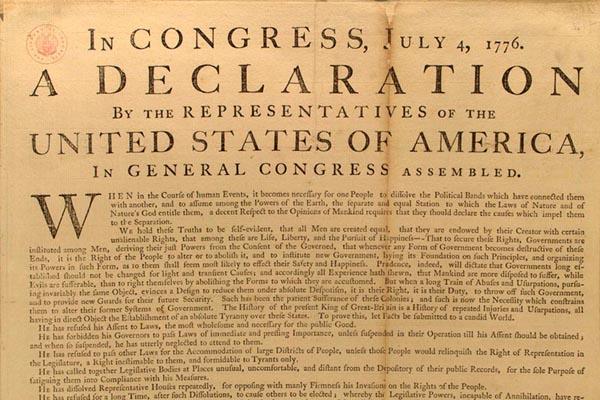
A committee of five, including Thomas Jefferson, John Adams, Benjamin Franklin, Roger Sherman, and Robert R. Livingston, was appointed to draft this historic document. The primary responsibility fell to Jefferson, whose eloquent writing captured the essence of the colonies’ quest for freedom. After rigorous discussions and minor revisions, the Continental Congress adopted the Declaration of Independence on July 4, 1776.
The unanimous approval of the Declaration by the colonies was a significant step toward nationhood. John Hancock, President of the Continental Congress, famously signed the document with a bold flourish, ensuring that his name would be legible to King George III without spectacles.
Independence Day History
The origins of Independence Day can be traced back to June 11, 1776, when the Second Continental Congress convened to formally break ties with Great Britain. The first public readings of the Declaration were accompanied by the ringing of bells and band music. By the following year, Independence Day celebrations had become widespread, featuring bonfires, fireworks, picnics, speeches, and military displays. These traditions continued to evolve, and in 1870, Congress officially recognized Independence Day as a national holiday.
Chronology of Events Leading to American Independence
June 7, 1776: During a meeting in Philadelphia, Congress receives a resolution from Richard Henry Lee proposing independence.
June 11, 1776: Thomas Jefferson, John Adams, Benjamin Franklin, Roger Sherman, and Robert R. Livingston are appointed to a committee to draft a declaration of independence.
June 12-27, 1776: At the committee’s request, Jefferson drafts a declaration that becomes the initial text of his “original Rough draught.” The committee reviews Jefferson’s draft before submitting it to Congress.
June 28, 1776: A fair copy of the committee’s draft of the Declaration of Independence is read in Congress.

July 1-4, 1776: Congress debates and revises the Declaration of Independence.
July 2, 1776: Congress declares independence as the British fleet and army arrive in New York.
July 4, 1776: Congress adopts the Declaration of Independence, and John Dunlap prints it. These prints are now known as “Dunlap Broadsides.” Twenty-four copies are known to exist, two of which are in the Library of Congress.
July 5, 1776: John Hancock, president of the Continental Congress, sends the first of Dunlap’s broadsides of the Declaration of Independence to the legislatures of New Jersey and Delaware.
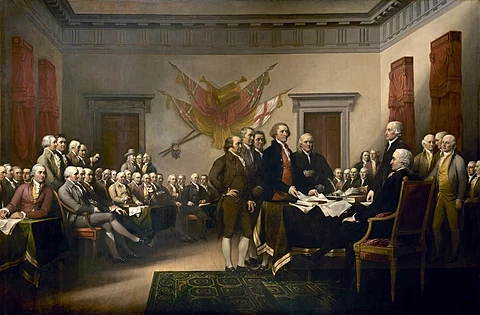
July 6, 1776: The Pennsylvania Evening Post publishes the first newspaper version of the Declaration of Independence.
July 8, 1776: The Declaration is read publicly for the first time in Philadelphia.
July 9, 1776: Washington orders the Declaration of Independence to be read before the American Army in New York from his personal copy of the “Dunlap Broadside.”
July 19, 1776: Congress orders the Declaration of Independence to be engrossed (officially inscribed) and signed by its members.
August 2, 1776: Delegates begin to sign the engrossed copy of the Declaration of Independence. A significant British reinforcement arrives in New York after being repelled in Charleston, South Carolina.
January 18, 1777: Now meeting in Baltimore, Maryland, Congress orders signed copies of the Declaration of Independence, printed by Mary Katherine Goddard of Baltimore, to be sent to the states.
Interesting 4th of July Facts Every American Should Know
- The Original Declaration of Independence: The original Declaration of Independence is meticulously preserved and displayed at the National Archives in Washington, D.C. This foundational document is central to the celebration of Independence Day on July 4th, which commemorates the birth of the United States as an independent nation.
- Signatories of the Declaration: The Declaration was signed by 56 individuals, each playing a crucial role in the founding of the nation. John Hancock was the first to sign, and his signature is the largest and most prominent on the document. At 70 years old, Benjamin Franklin of Pennsylvania was the oldest signer, bringing his extensive experience and wisdom to the table. Edward Rutledge of South Carolina, aged 26, was the youngest signer, representing the new generation’s involvement in the revolutionary cause.
- Colonial Population: In July 1776, the population of the Colonial United States was approximately 2.5 million, a stark contrast to the over 330 million people residing in the country today. This growth highlights the substantial development and expansion of the United States over the centuries.
- Revisions of the Declaration: The Declaration of Independence underwent 86 revisions before the final version was agreed upon. This extensive editing process reflects the meticulous care and debate that went into crafting the document’s precise language and principles.
- First Celebration of Independence: The first Independence Day celebration took place on July 8, 1776, just days after the Continental Congress adopted the Declaration. This initial celebration set the precedent for the annual festivities that continue today.
- Deaths of Founding Fathers: Both Thomas Jefferson and John Adams, two key figures in the drafting of the Declaration, passed away on July 4, 1826. Remarkably, their deaths occurred on the 50th anniversary of the Declaration’s adoption, symbolizing their deep connection to the nation’s founding.
- Independence County, Arkansas: Independence County in Arkansas holds the unique distinction of being the only county in the United States named “Independence.” This name serves as a tribute to the nation’s enduring spirit of freedom and self-determination.
Salute to America
This year’s Fourth of July celebrations will include aerial, musical, and ceremonial support from the U.S. military. Highlights will feature flyovers of significant American Revolution sites, including Boston, New York City, Philadelphia, and Baltimore, culminating in a grand “Salute to America” over Washington, D.C.

Engaging Activities for Independence Day
While some traditional events may be affected by ongoing circumstances, there are still many ways to celebrate Independence Day:
- Host a barbecue with friends and family.
- Attend or watch a fireworks show.
- Enjoy a blockbuster movie release.
- Participate in a block party.
- Light fireworks safely and legally.
- Attend a baseball game.
- Join a Fourth of July race.
- Spend time boating, at the beach, or water skiing.
- Watch patriotic movies.
- Visit a National Park hosting a Fourth of July event.
Many will continue their duties around the world, safeguarding our nation and its allies, even as festivities unfold back home.
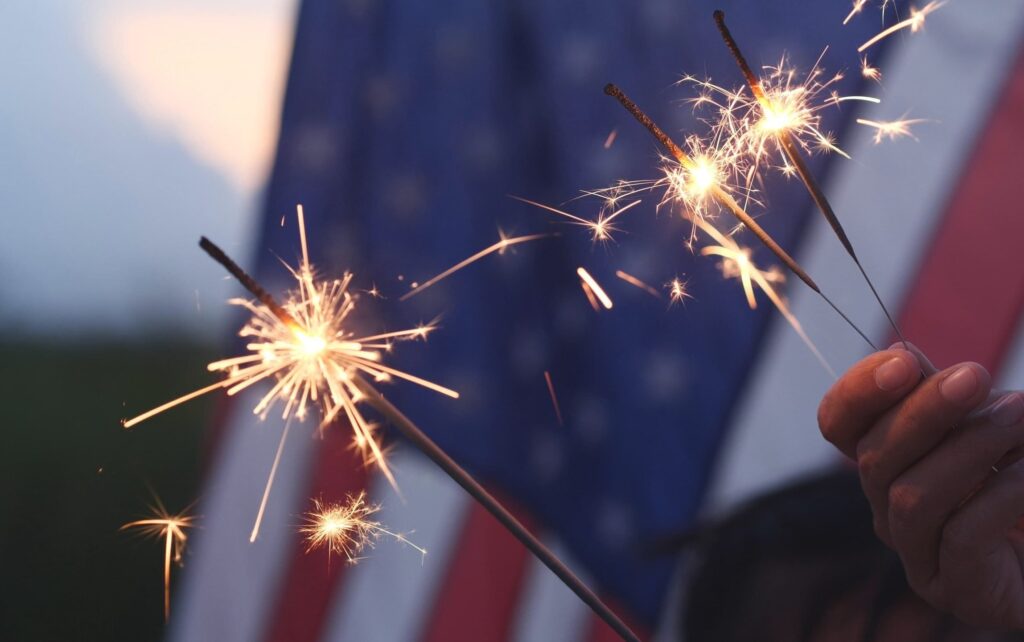
Patriotic Ways to Celebrate Independence Day
- Fly the American flag.
- Send letters and care packages to deployed soldiers.
- Wear red, white, and blue.
- Purchase a flag flown over the Capitol.
- Volunteer to help veterans.
- Visit historic forts, parks, or monuments.
- Attend a Revolutionary War reenactment.
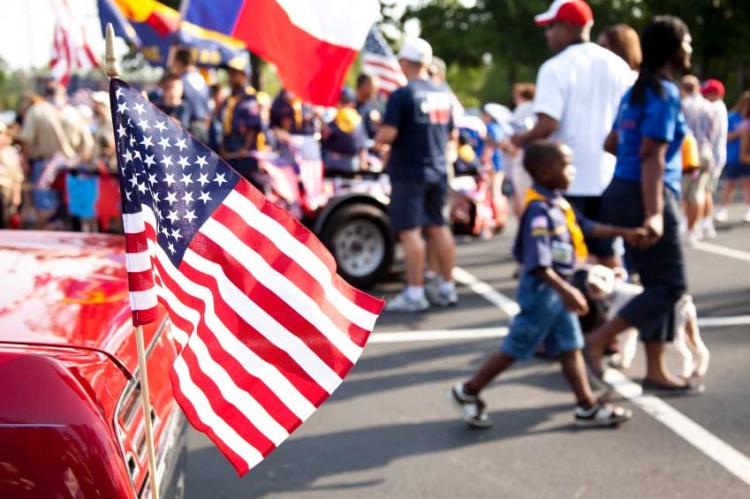
Read About Other Military Stories
If you enjoyed learning about the significance of Independence Day and its rich history, we invite you to read the stories of other remarkable stories on our blog. In addition to our profiles of celebrities who served, we share military book reviews, veterans’ service reflections, famous military units and more on the TogetherWeServed.com blog. If you are a veteran, find your military buddies, view historic boot camp photos, build a printable military service plaque, and more on TogetherWeServed.com today.
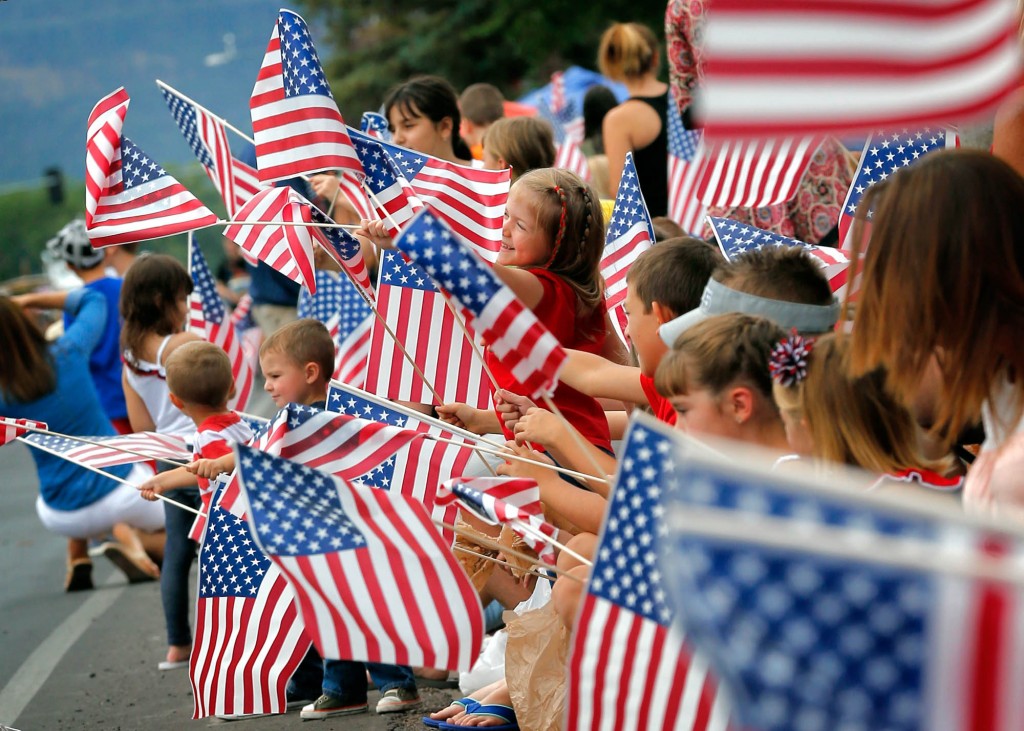
0 Comments